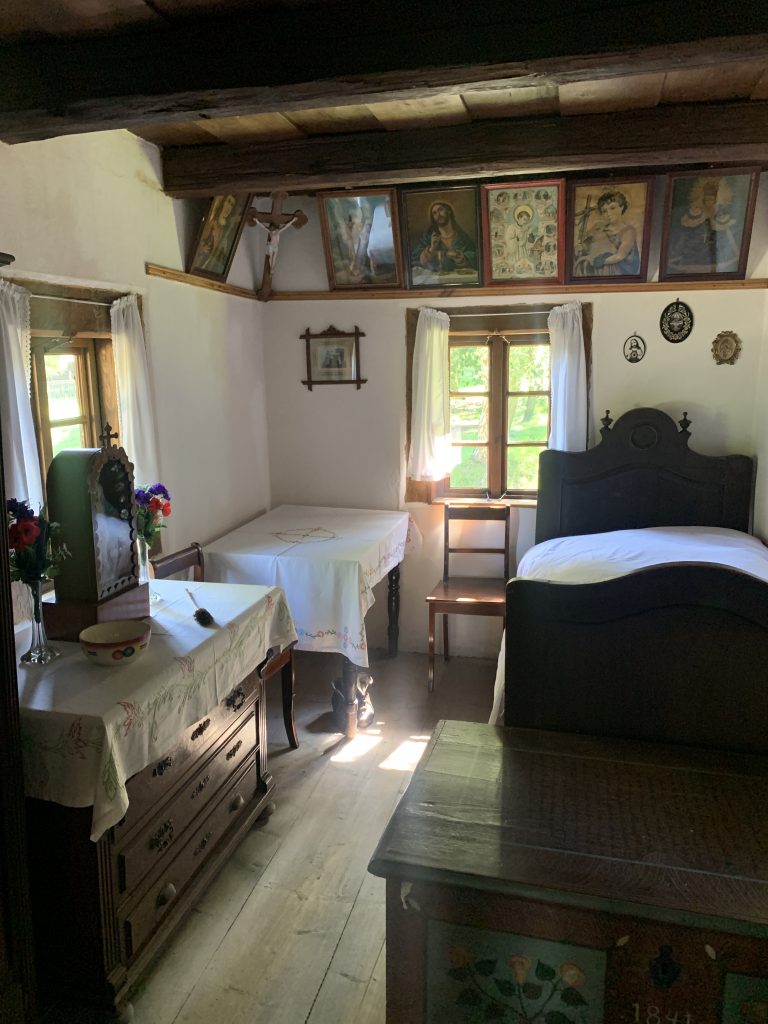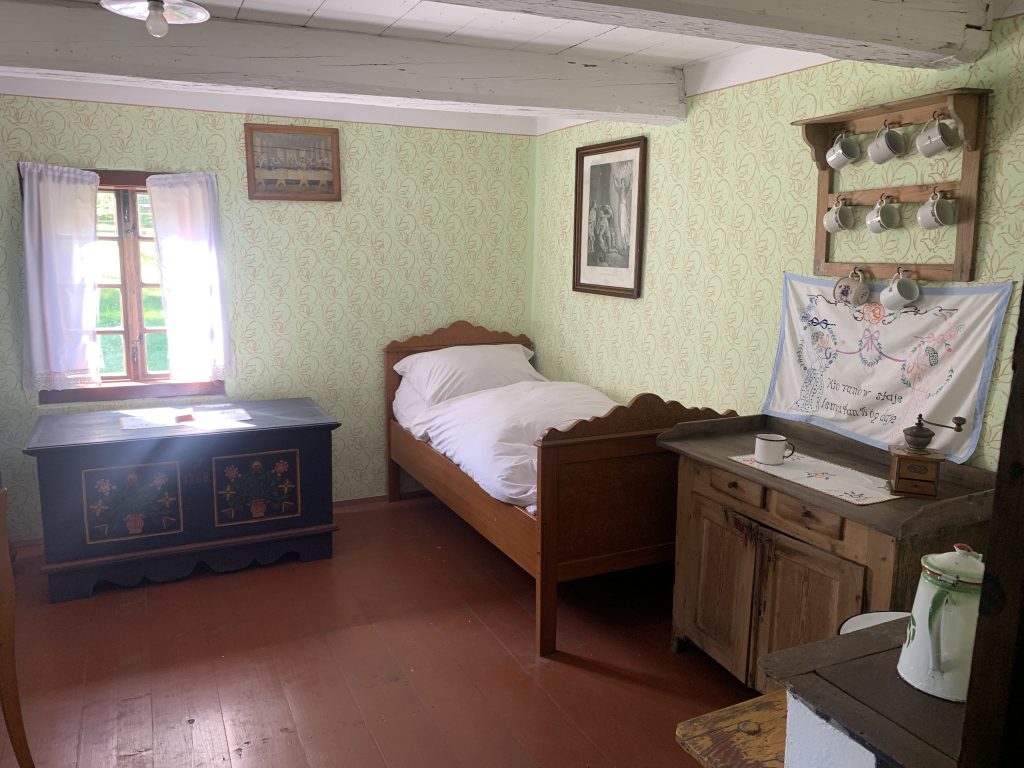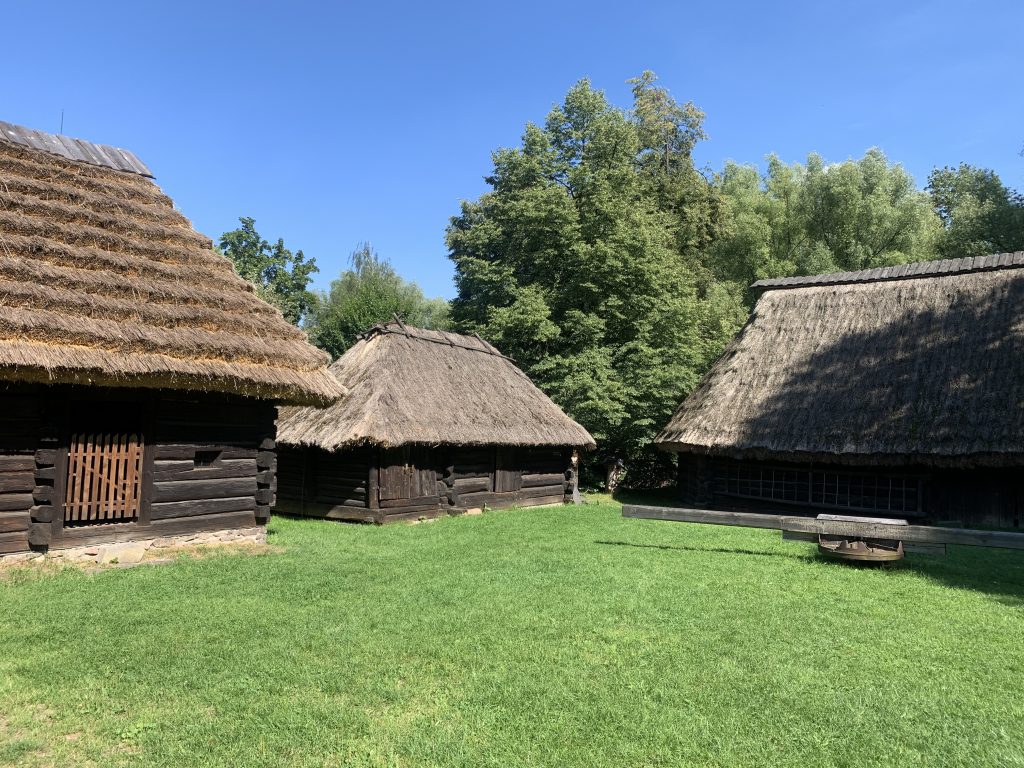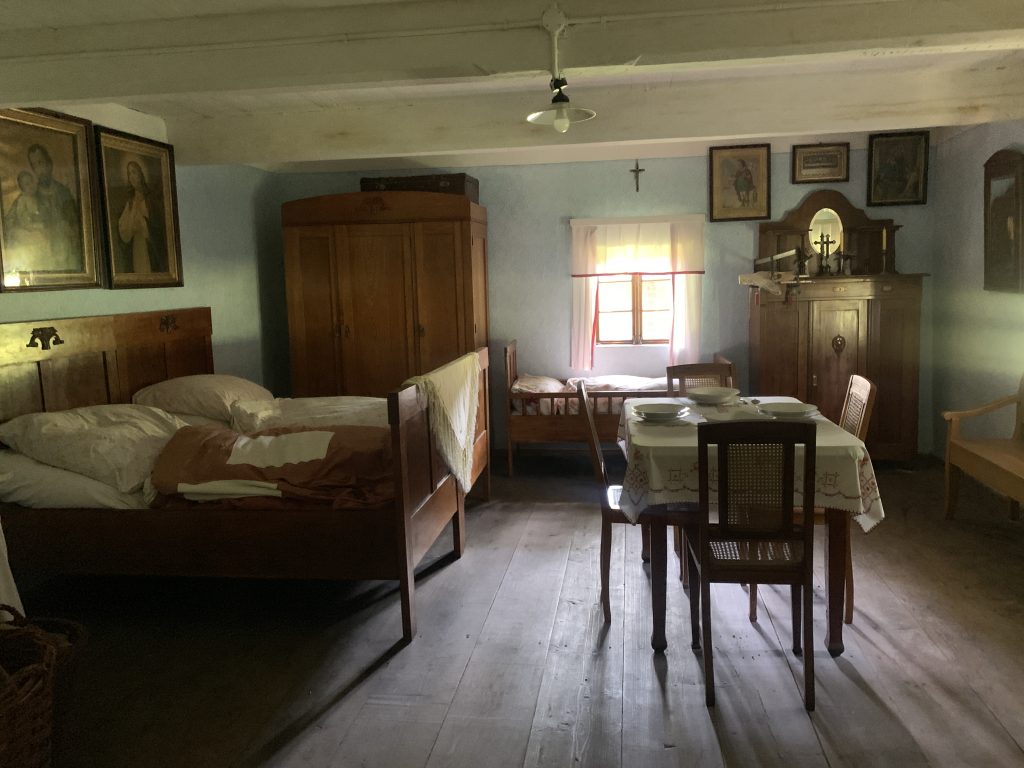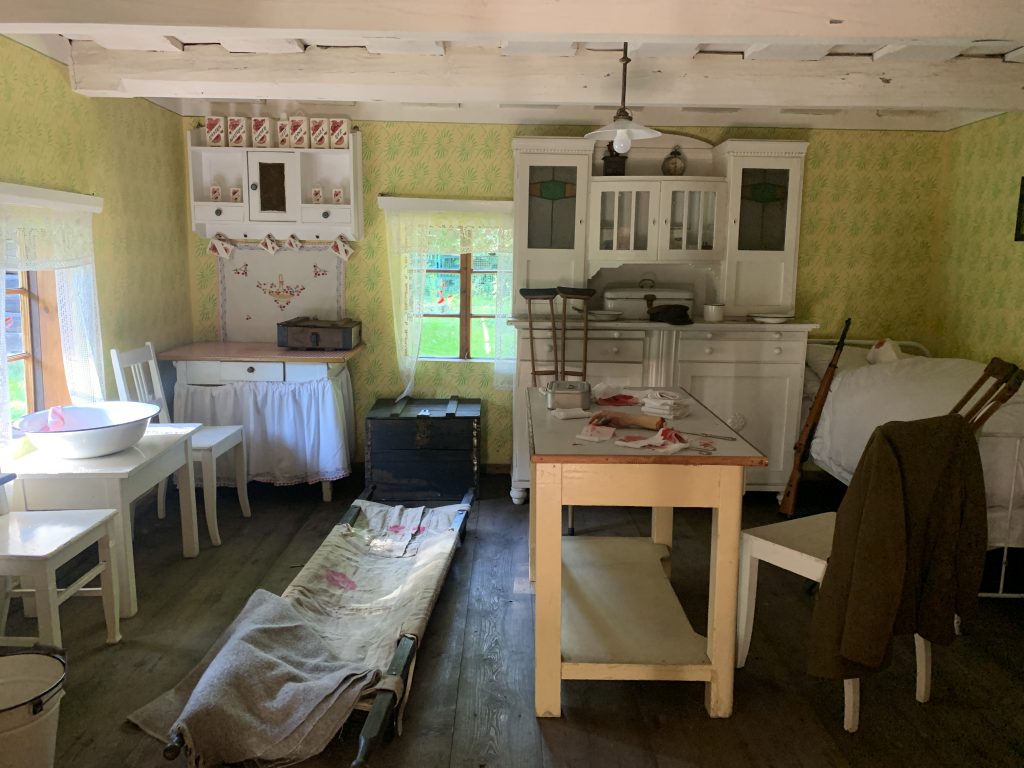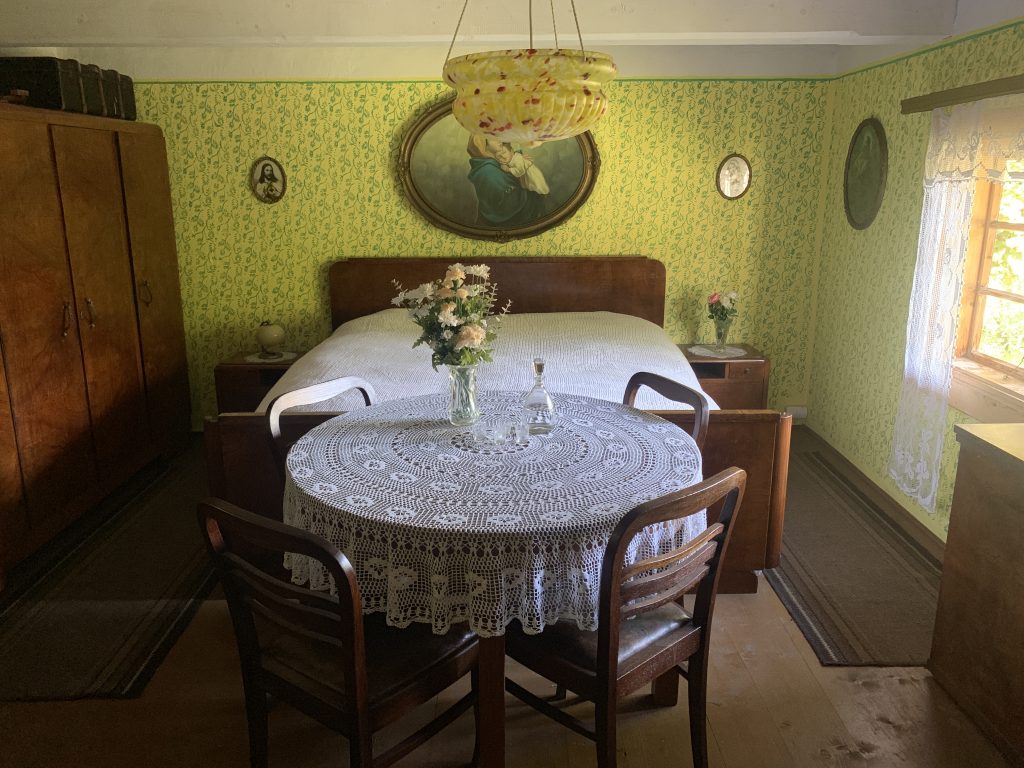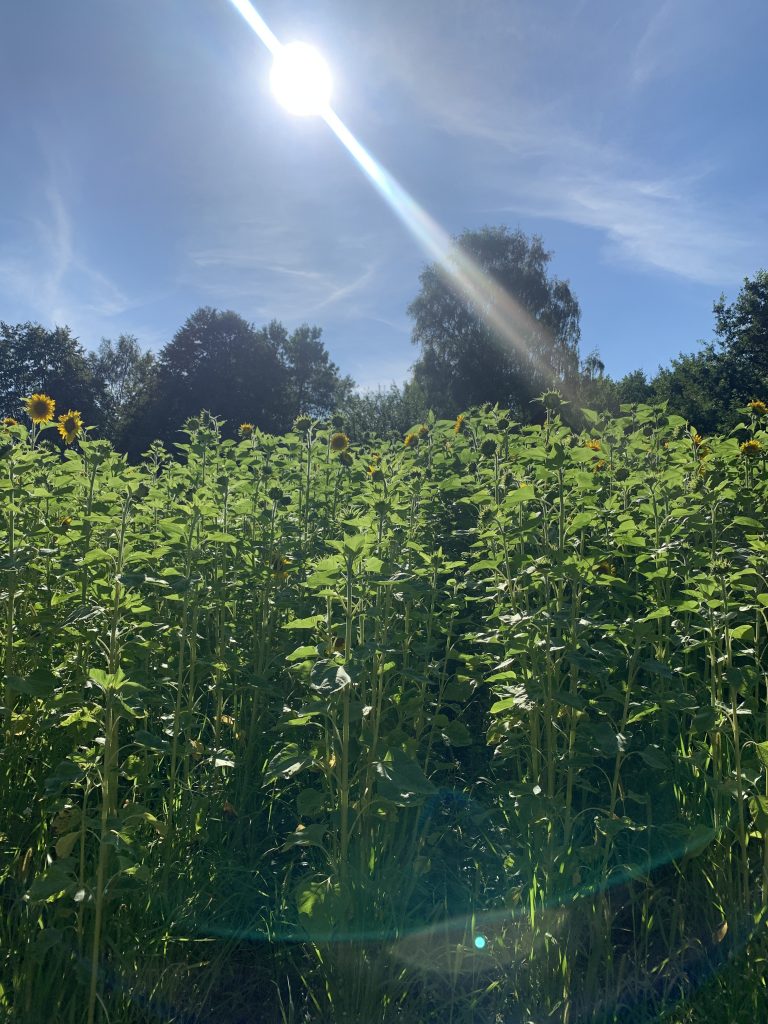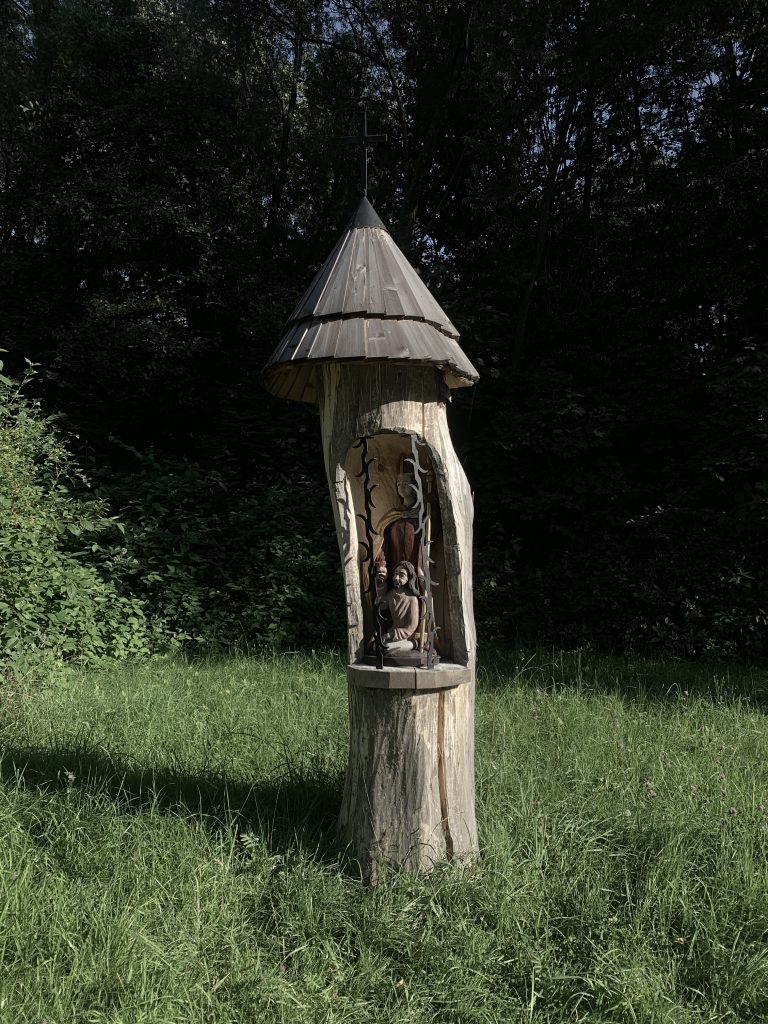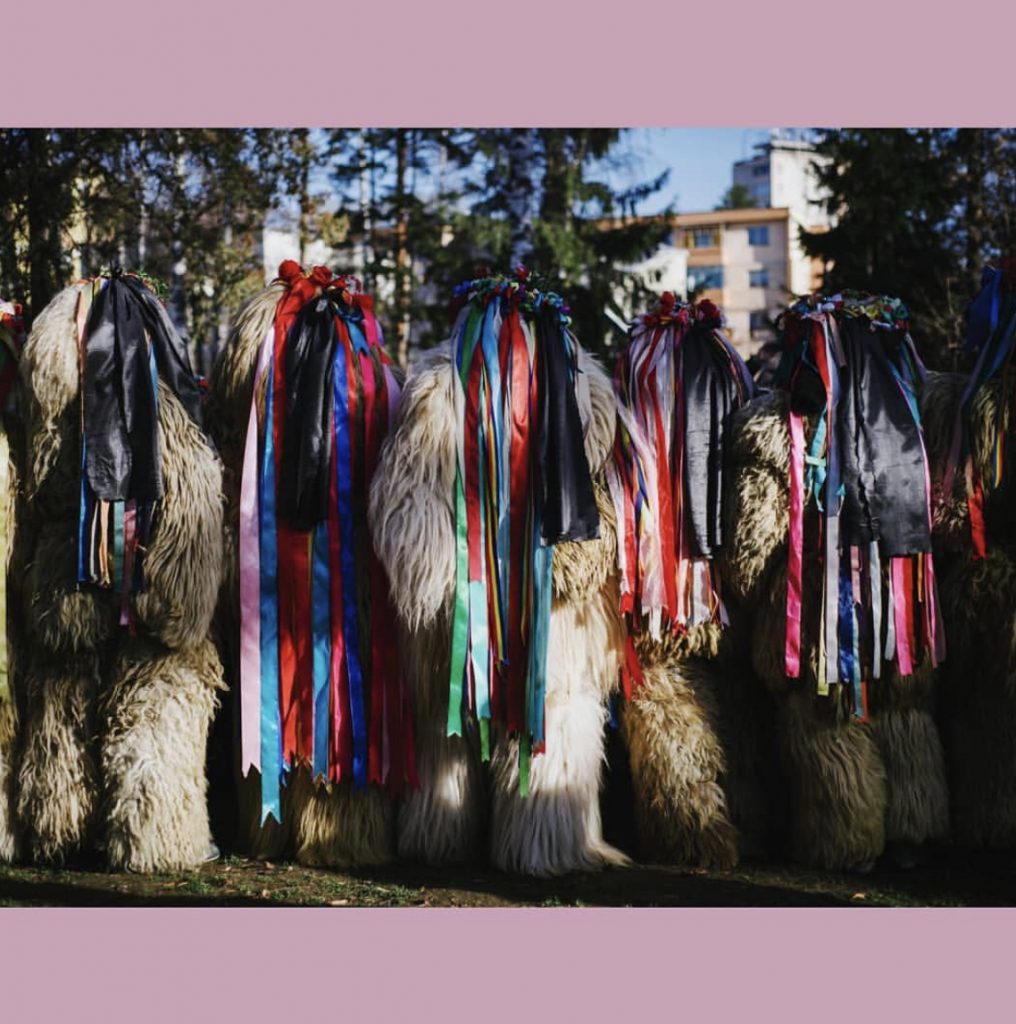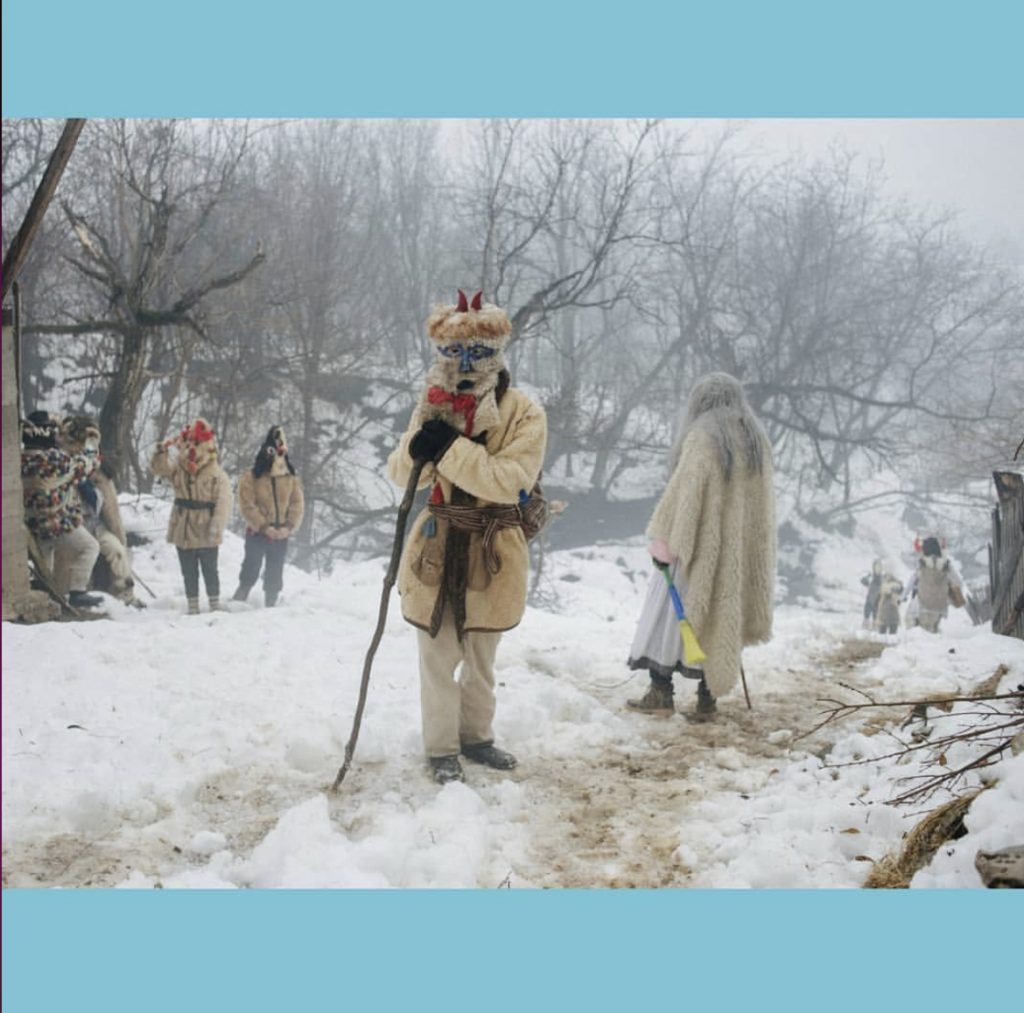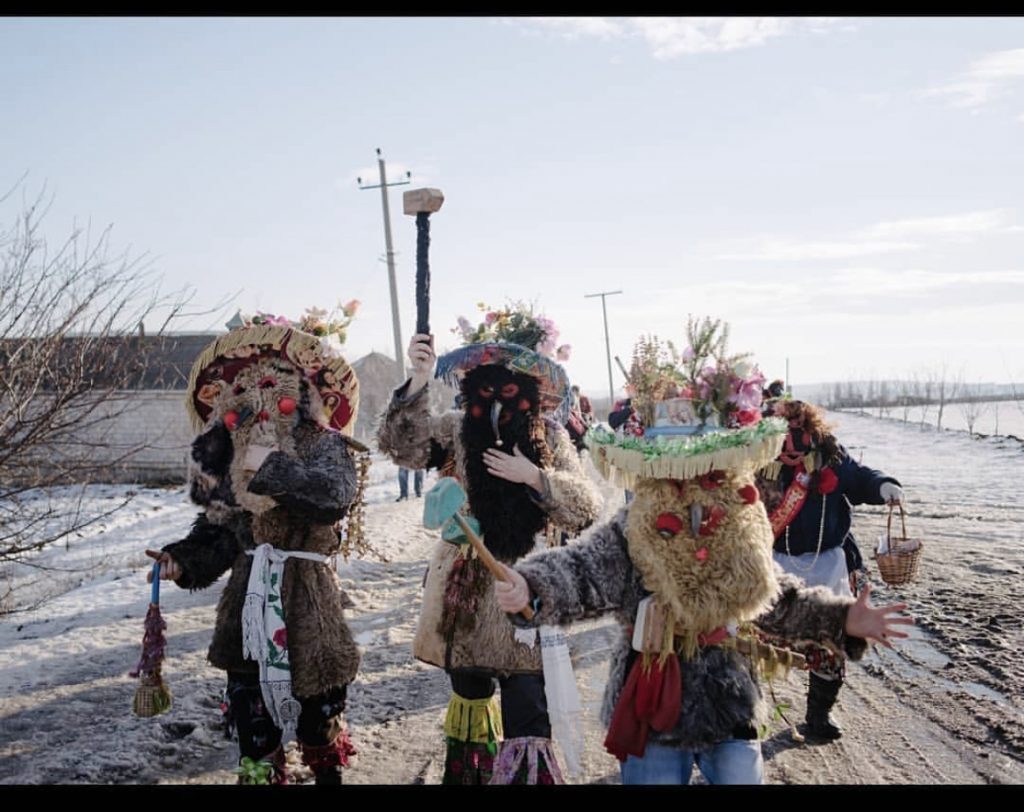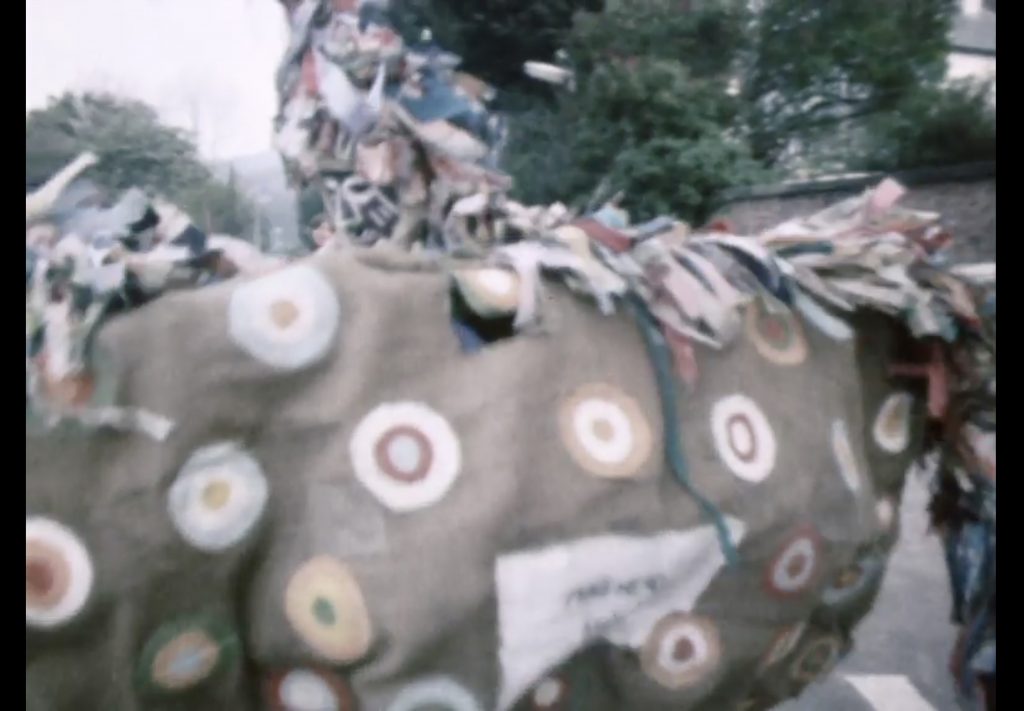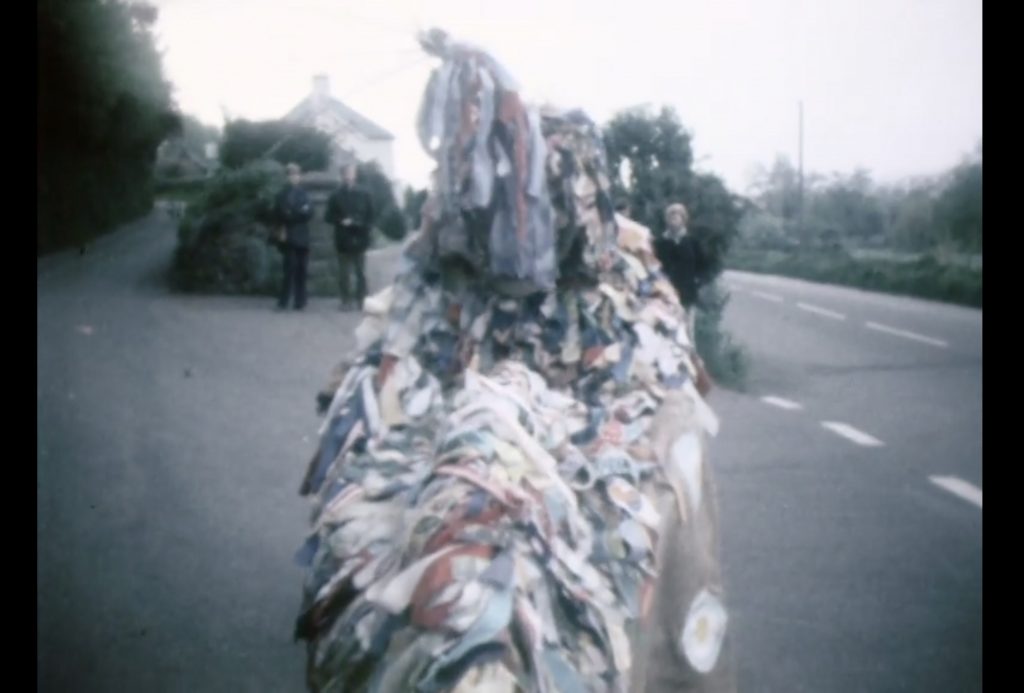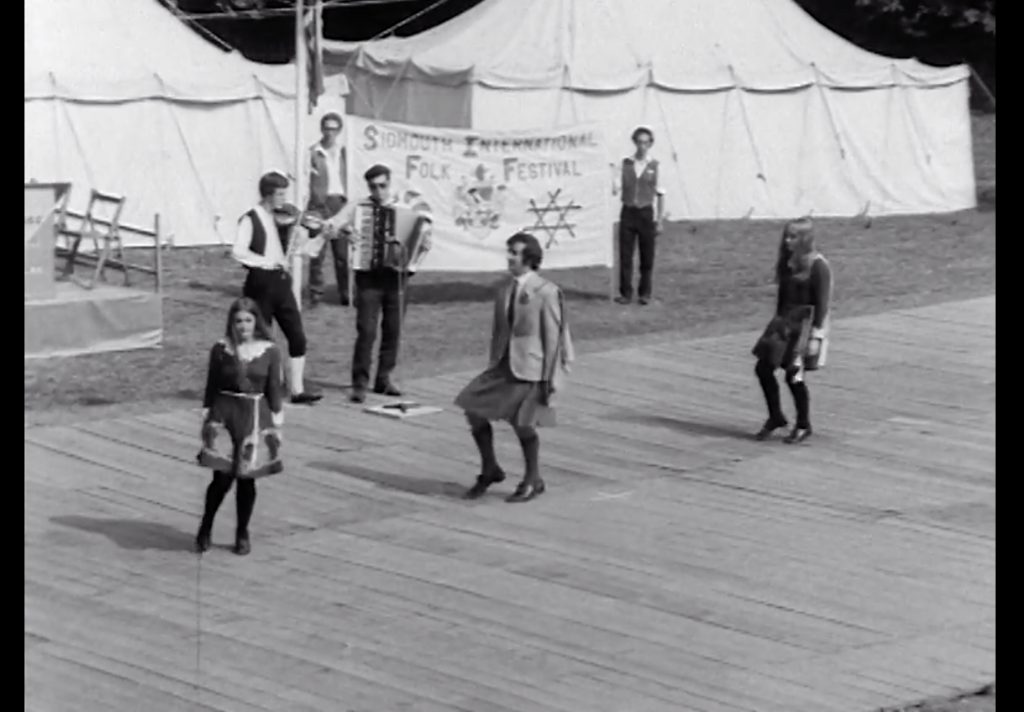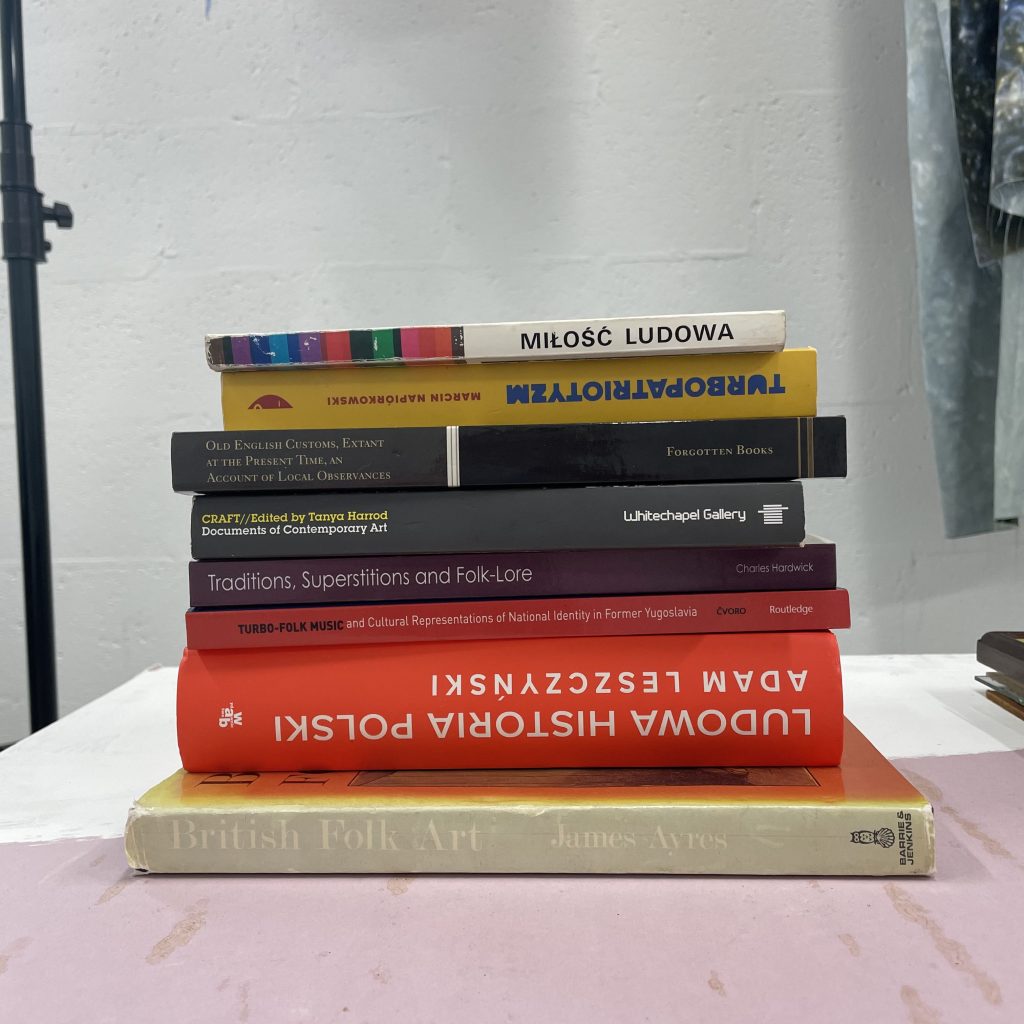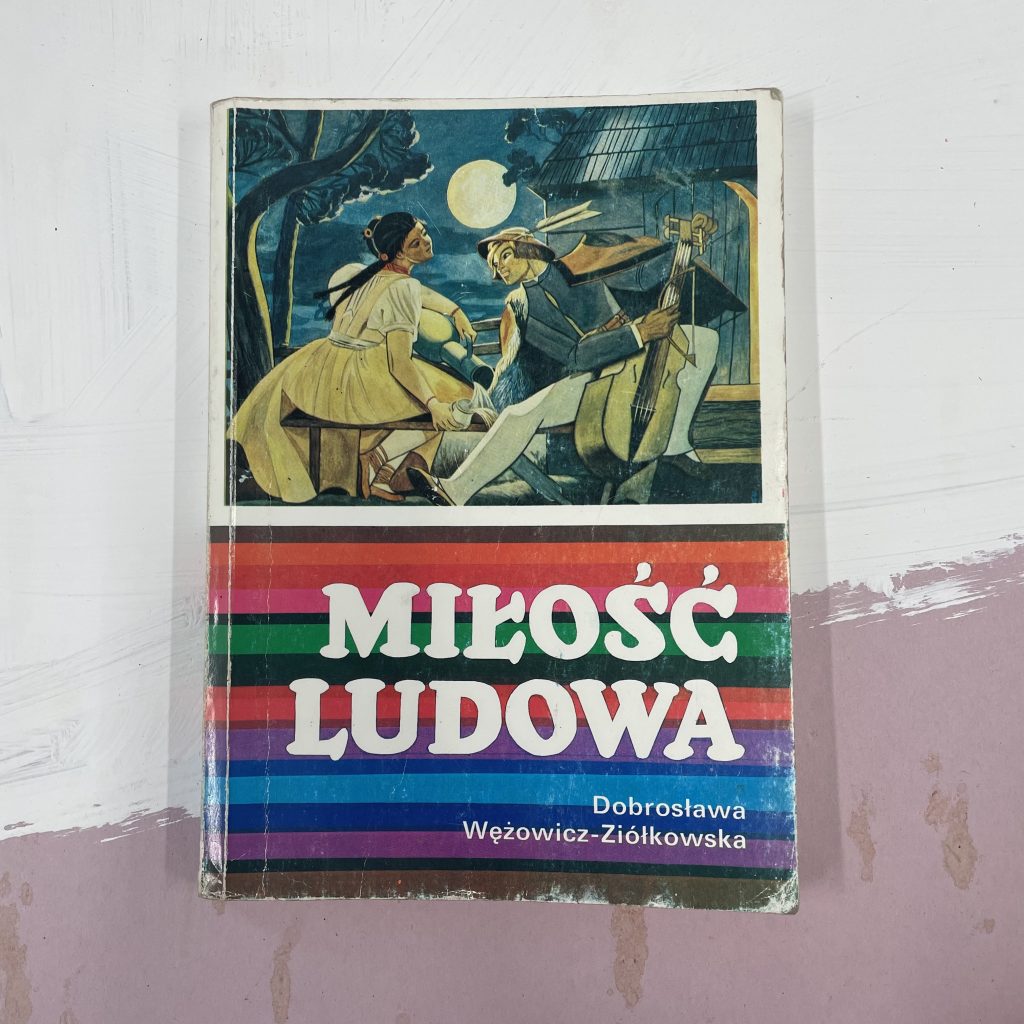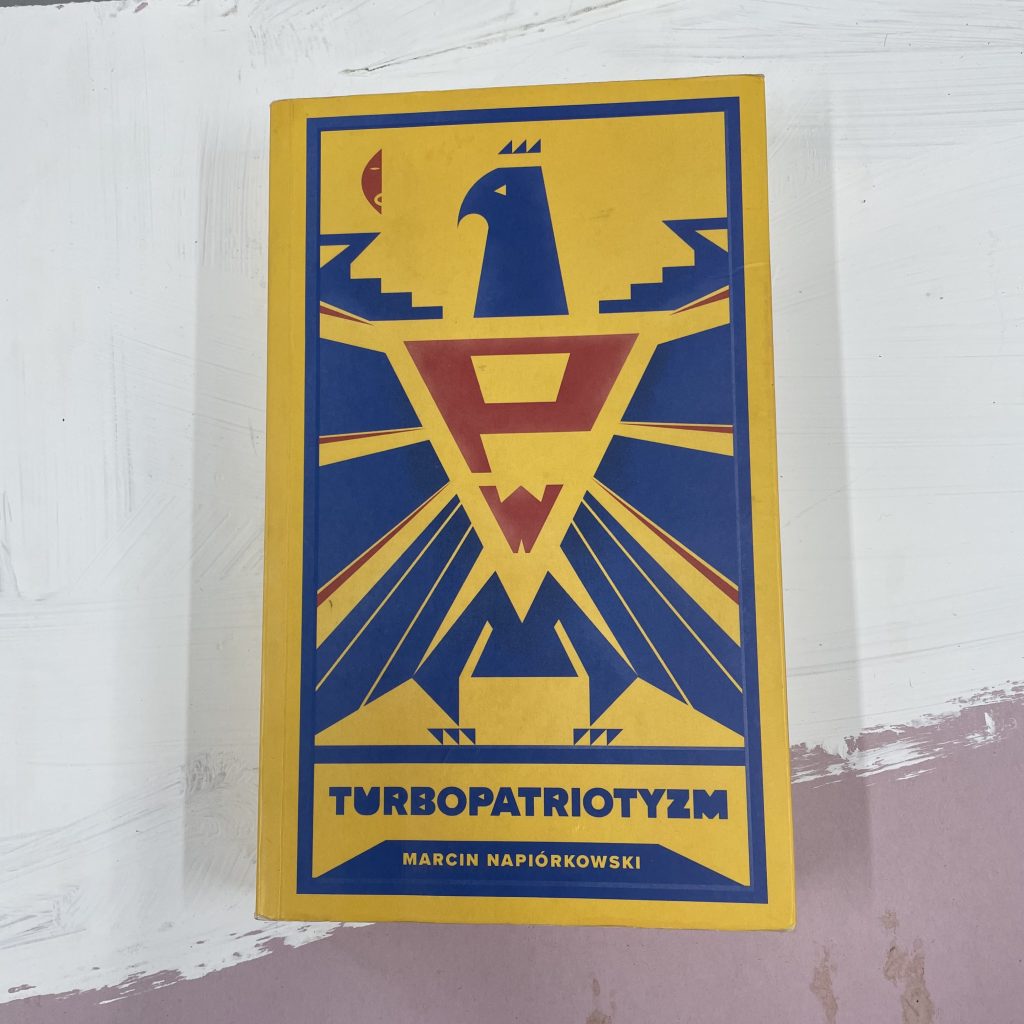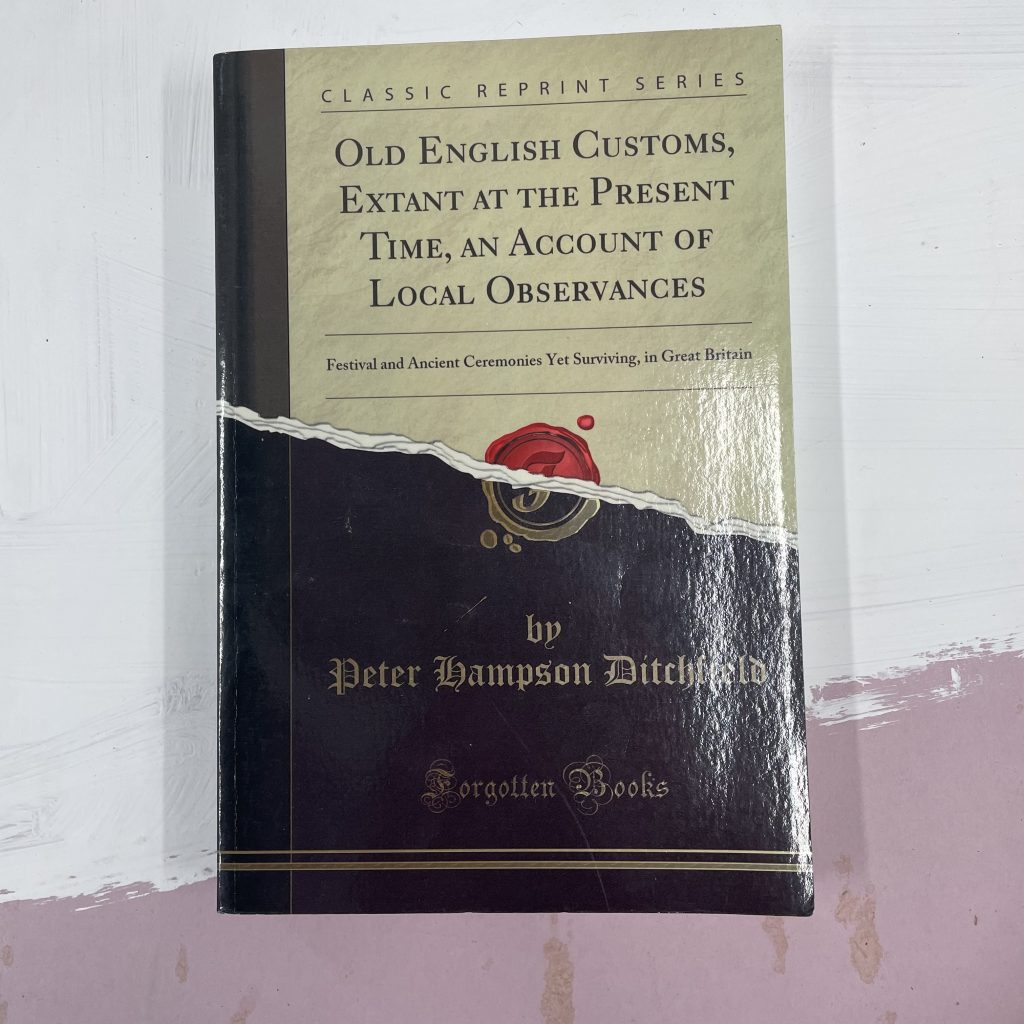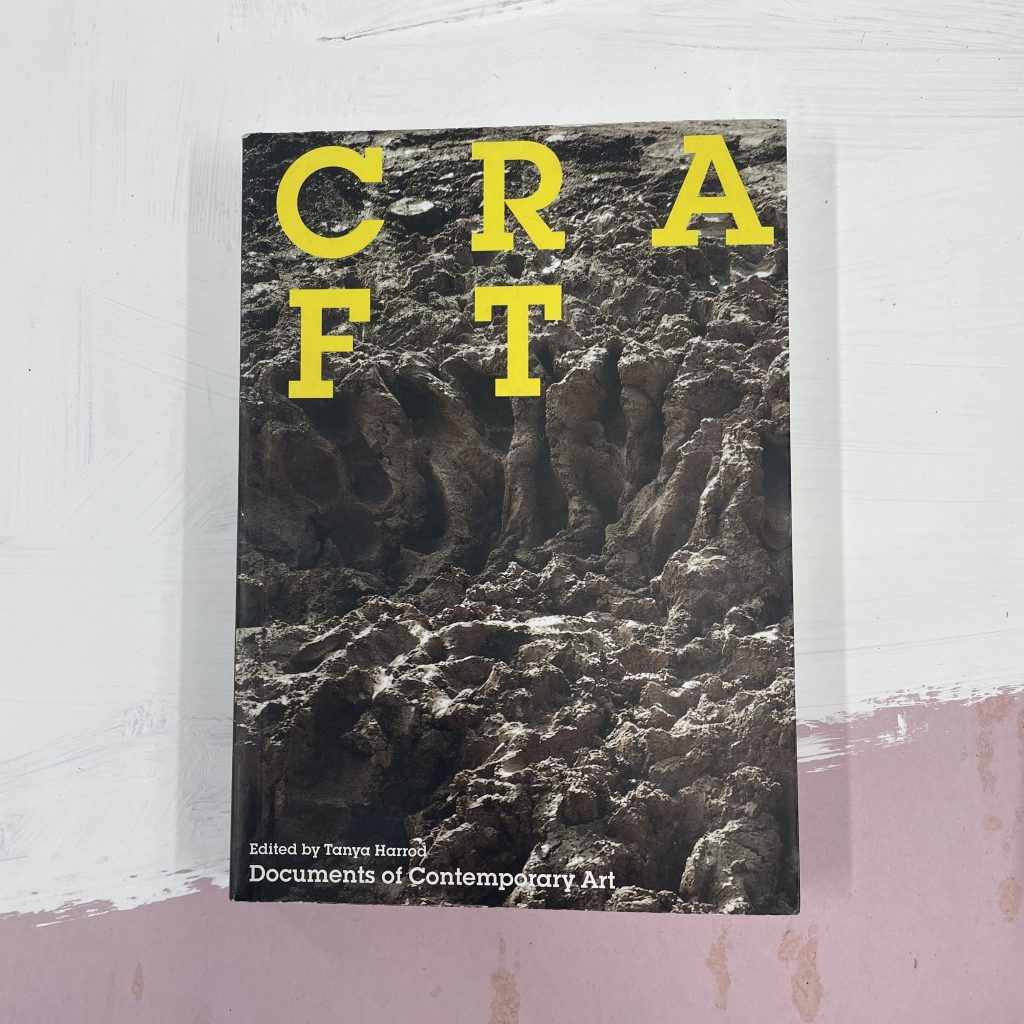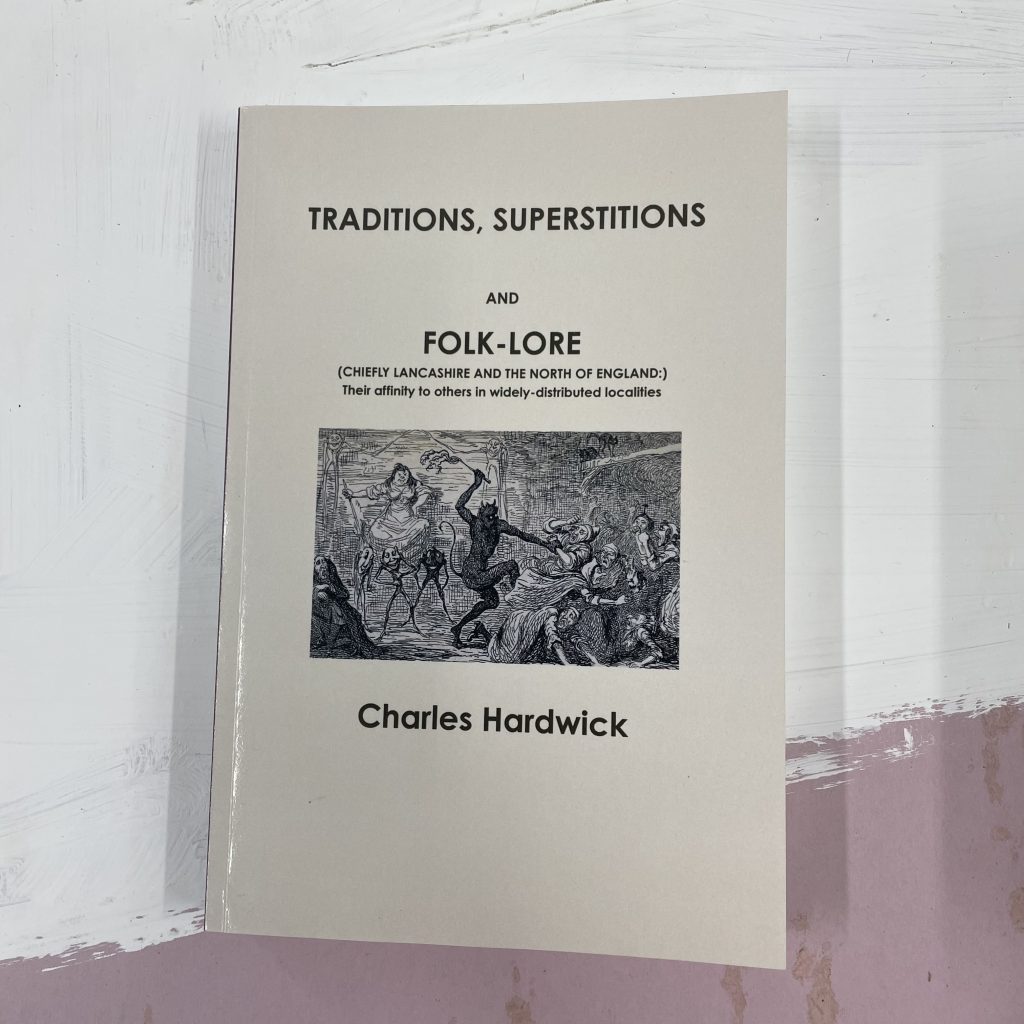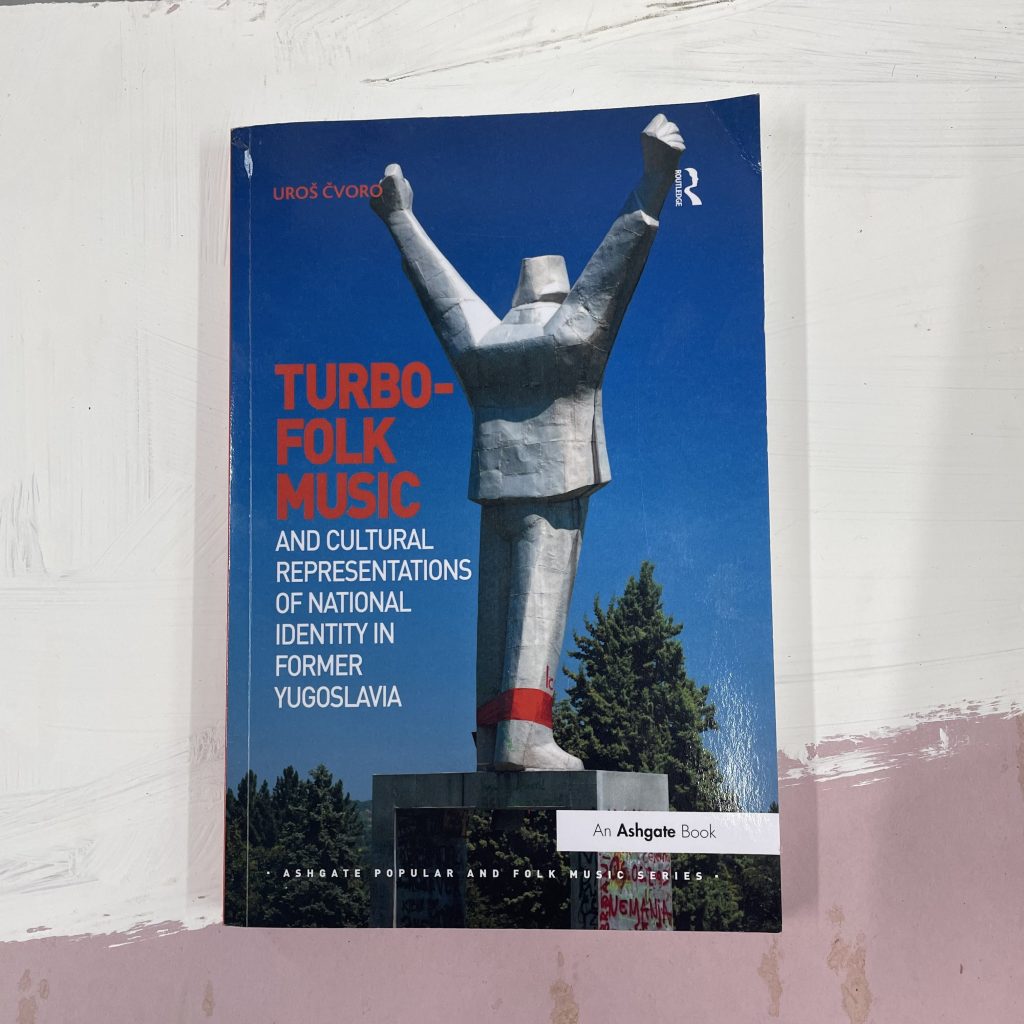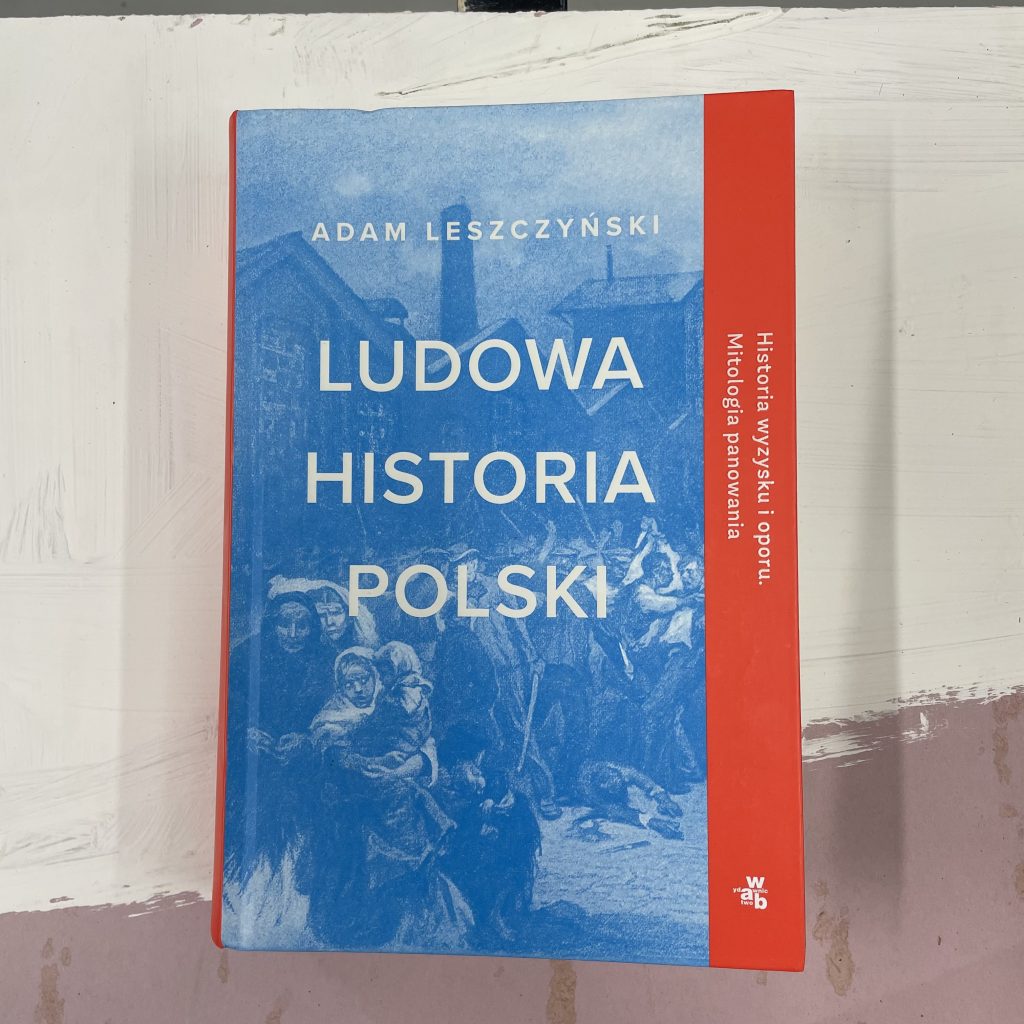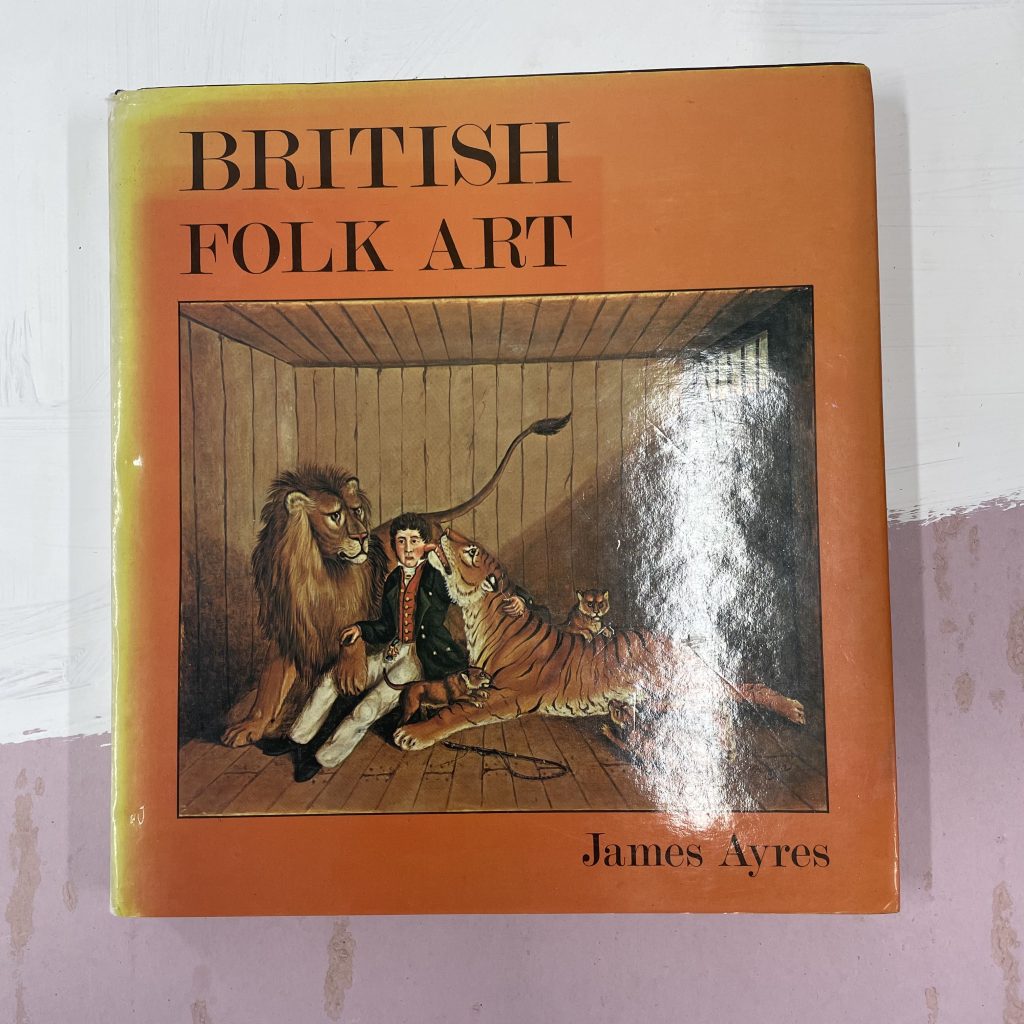Cold War movie by Pawel Pawlikowski with gorgeous photography by Łukasz Żal, amazing performance by Joanna Kulig.
Kinoteka – Polish Film Festival
As part of my research I am watching films screened as part of the Kinoteka – Polish Film Festival. Available online via BFI – player.
Tender Crafts
A search for aesthetical methodologies that problematize how history is written and traditions are represented continues to drive my practice. My work evolves through re-defining, re-contextualising and experimenting with affectual discourses and a constant engagement with questions exploring what tradition is, whom it belongs to and how it can be reclaimed by those marginalised within it. In the past two years I have been developing a notion of ‘tender crafts’, which is exploring how crafts (and tradition) can be revisited and re-imagined from contemporary feminist, queer and diasporic (migrant) perspectives.
Through my new moving image work that I am researching during the residency I would like to explore folklore’s capacity to move through political vulnerabilities and its potential to foster new forms of kinship, affective communities, intimacy and care. With this in mind I would put an emphasis on customs and traditions that have transgressive, protective and healing purposes.
Costumes and masks (made in collaboration with a costume designer) based on traditional garments will play an important part of the choreography and visual structure of the work. As furtherance of their role in folk traditions the costumes will function as storytelling vehicles, shaped by the intersection of collective memories, personal histories and socio-political visual codes.
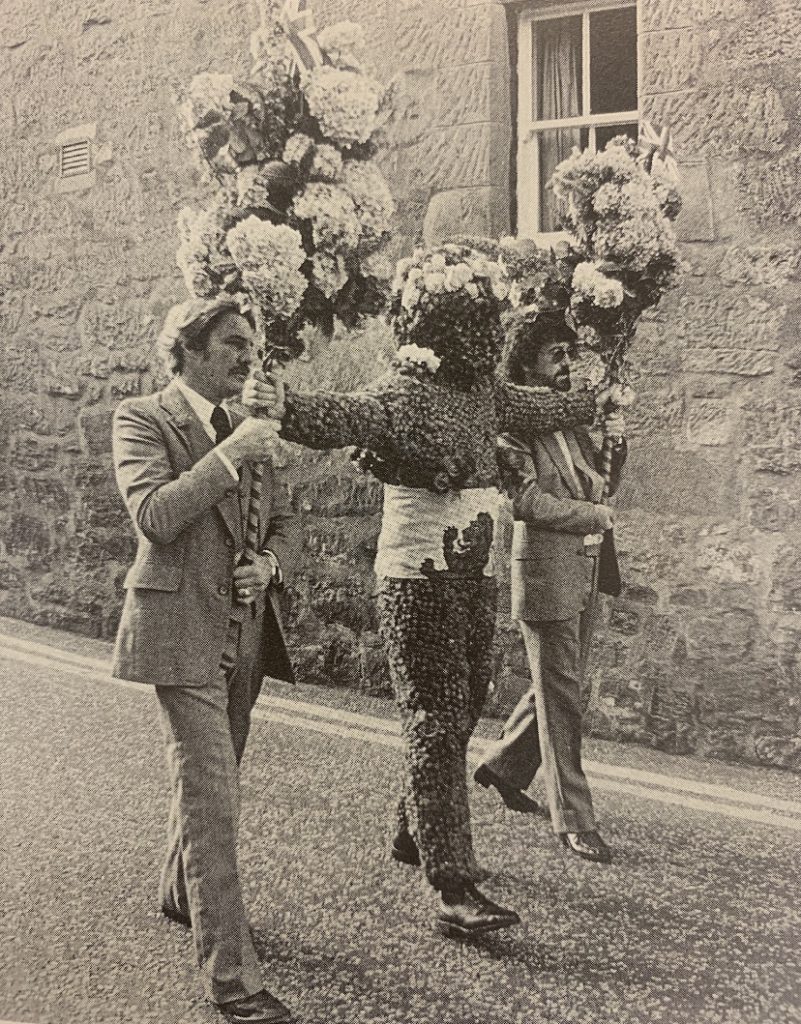
Shoot location
One of the locations I am looking to shoot at – in Poland, Skansen (open air museum) in Chorzow, Upper Silesia – where I come from.
Arcadia
Award-winning director Paul Wright (For Those in Peril) explores the complex connection to the British countryside with an archival remix drawn from more than 100 years of Britain on film. With a new score by Adrian Utley (Portishead) and Will Gregory (Goldfrapp), Arcadia embarks on a visceral sensory journey through the seasons, exploring the beauty, brutality, magic and madness of our changing relationship with both the land and each other. This fresh new work crafted from the past is a folk horror wrapped in an archive film.
winter carnival costumes
Photos by Ramin Mazur – winter carnival in Moldova.
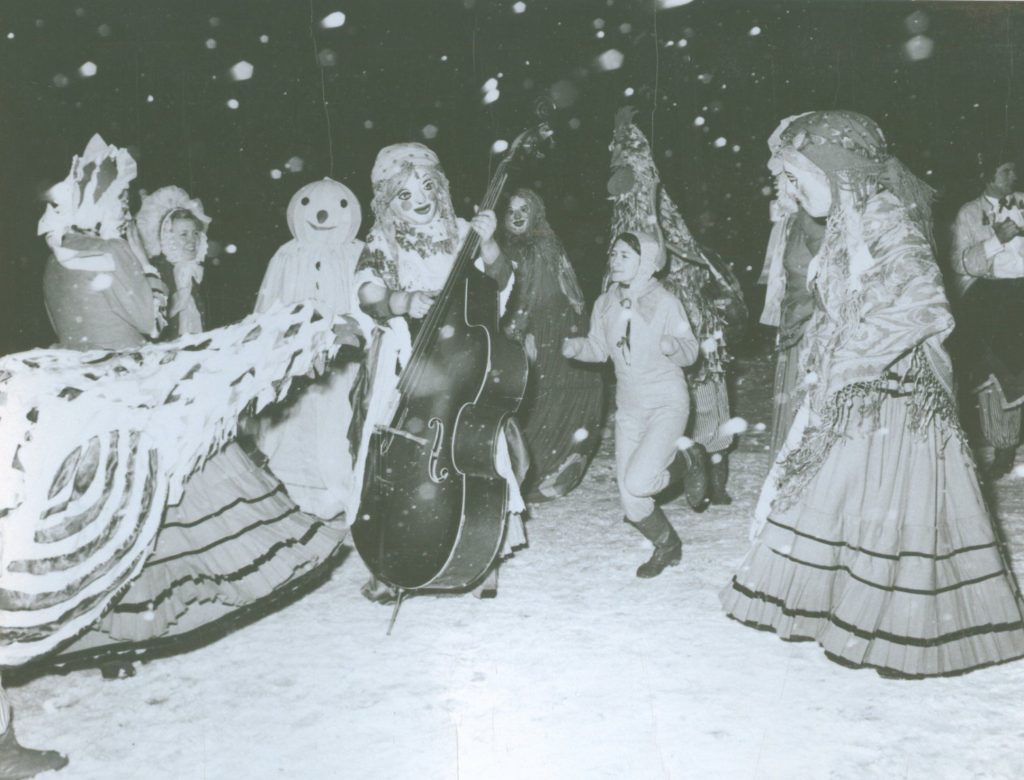
Archival Polish winter carnival.
little clip from one of the archival films I watched
Folk film archives.
Stills from some films that I have watched as part of the research.
Films:
Billingham Folklore Festival 1965.
Minehead’s Obby Oss Festival.
The Sidmouth Folk Festival.
All the films are available via BFI Player.
Reading list.
Here some of the books I am reading as part of my script research.
Images description:
Nine images presenting the books. First image: A pile of eight books on white / pink table, white wall at the background. Second: Book on the table. Title: Milosc Ludowa (Folk Love) by Dobroslawa Wezowicz – Ziolkowska. Cover shows illustration with a women and man in Eastern European folk costume , with moon behind them, test of cover is multi colour strips. Third: Book on a table. Yellow cover book, with blue eagle and a red symbol inside, book title ‘Turbopatriotyzm’ (Turbo Patriotism) by Marcin Napiorkowski. Fourth image: Book on a table. Old english looking, black, beige colour. Book title: ‘Old English Customs, Extant at the Present Time, an Account of Local Observances’ by Peter Hampson Ditchfield. Image five: book on a table, grey cover with yellow writing CRAFT, Edited by Tanya Harrod. Image six: Book on a table, light beige colour, black writing with book title ‘ Traditions, Superstitions and Folk – Lore by Charles Hardwick. Image on the cover show an evil looking creature beating bunch of medieval looking white people with a whip. White bigger women at the background smiling and undefined small creatures in front of her. Image seven: Book on a table, communist style monument on blue sky background. Title in red and white, ‘Turbo Folk Music and cultural representations of national identity in former Yugoslavia. Eight image: Book on a table, blue red cover, title in Polish ‘ Ludowa Historia Polski’, Folk History of Poland’ by Adam Leszczynski. Image nine: book on a table, orange cover with image of English aristocratic looking white man between two lions, male and female, who is licking his face. He is embracing them both and there are little tigers running around. British Folk Art is the book title.
Niolam Ja Se Kochaneczke
During the residency period I will be expanding research that I undertook, while making ‘Niolam Ja Se Kochaneczke’ (2016).
Niolam Ja Se Kochaneczke explores potentialities of queer utopias, while looking at the relationship between history, ‘national values’ and power structures.
Through the work I revisited Eastern European folk traditions and whilst employing feminist and queer reading I questioned why queer love has never been preserved and celebrated in the folk history. I reclaimed these stories by subverting the narrative of ‘straight’ love songs to represent queer love stories instead.
My aim was to problematize how history is written and tradition is represented, often only to sustain the power structures that claim it ‘objective’. I intended to encourage the viewer to consider and experience history as a discourse made out of multiple, overlapping and contesting narratives rather than a single, fixed entity.
I questioned what the “national values” are / are claimed to be and look at the ‘fragility’ of national identity, threatened so easily by ‘otherness’ and queer subjectivities.
Niolam Ja Se Kochaneczke relocates queerness both historically and geographically. Queerness In Eastern Europe is often perceived as a contemporary phenomenon that arrived from Western Europe, rather than something that always had its presence. I want to acknowledge its historical place and reclaim histories that were repressed. As well as this I want to speak of queerness in context of rural communities, as too often it is considered only within the urban setting.
The recordings were done in a traditional rural setting in East of Poland (Roztocze and Karpaty) with folk singers singing both in Polish and Lemkov (Ukrainian dialect).
This work is currently exhibited in local_30 gallery in Warsaw, Poland – part of POGANKI | HEATHENS, a group show curated by Agnieszka Rayzacher, featuring Karolina Breguła, Marta Bogdańska, Maria Kniaginin-Ciszewska, Katarzyna Górna, Kinga Michalska, Liliana Piskorska (Zeic), Aleka Polis, Karolina Sobel & myself.
The exhibition is directly inspired by The Heathen, considered the first Polish novel to address love and passion between women. Boy-Żeleński wrote: “sisterhood, that most perfect form of friendship, could lead to genuine love tragedies – and powerfully impregnate souls with suffering. Because The Heathen comes into being one year after those incidents.”
The relationships addressed in the exhibition are not always downright romantic. Close ties between women, mutual understanding and empathy have a long history and manifest themselves in women’s circles reactivated today, among other phenomena.
See the show till 5th June 2016 if in Warsaw, and also you can access it virtually via the local_30 website.
